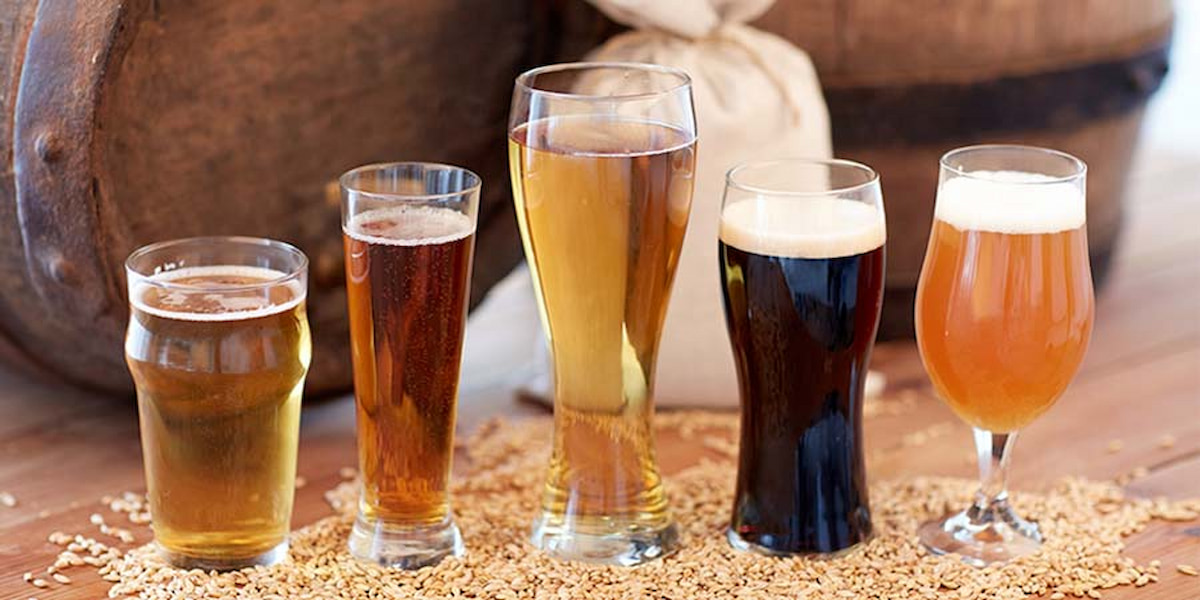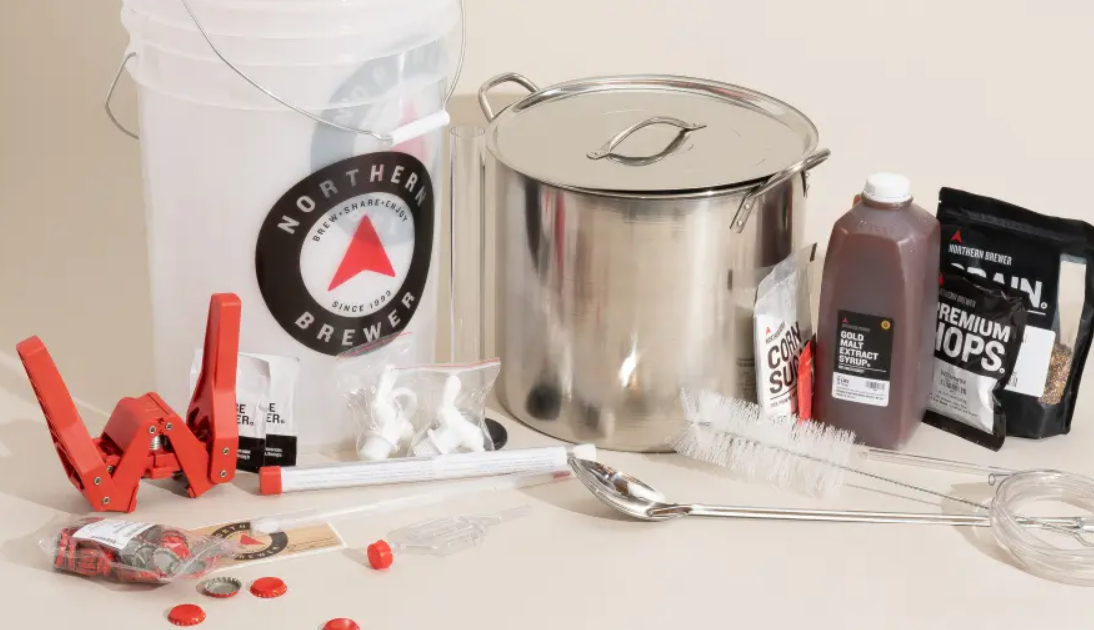
A Word on Pale Ales and How to Brew Your Own
Despite the fact the data from the Australian Bureau of Statistics shows that beer consumption is on the decline in the country, the beer market is still one of the most competitive and fast-growing industries. This could be explained by the popularity of craft beers in recent years, as well as the increasing number of breweries emerging. What was once a bland landscape with few varieties, flavours, and ingredients is now known for its diversity with there being a beer for everyone’s taste and budget.
A leading catalyst was definitely the beer lovers’ search for quality over quantity, which led to acquiring the best of the best from all sides of the world, like the Chimay with its rich tradition, as well as producing exceptional craft beers. Although there are several options of craft beers in Australia that can compete in terms of popularity, it’s the pale ales that get the spotlight. And if you feel like taking up a new and exciting hobby, there are plenty of homebrew kits you can give a try.
What Is Considered a Pale Ale?

It’s a type of beer that’s in a lighter colour (i.e. shades of gold and amber) made with moderate to strong hop aroma, brewed with a top-fermenting ale yeast, and has a nice blend of pale malt flavours (hence the name!) with present fruit, citrus or floral notes. The taste is usually hoppy with average to low malt. It’s generally easy to drink as it has a lower alcohol content than IPAs for example. This explains why even non-drinkers like the taste of it.
Some of the popular styles besides Australian include English, Belgian and American pale ales, each of which is versatile on its own, and is easy drinking and paired with a range of foods. As beer experts and enthusiasts would agree, you can enhance the pale ale drinking experience by finding the perfect foods to match the craft beers with. So, be sure to have pizzas, cheeses, pretzels, flavourful spicy food like the Mexican, a classic fish and chips meal, and some fruit-based desserts on your menu.
How Do You Make Homebrew Pale Ale?

Easy, by having the right homebrew pale ale recipe kits and supplies. The benefit of inviting this hobby into your life, well other than having your own craft beer at any time without having to spend extra money on it, is that you can use it to surprise loved ones with a unique and amazing gift. And, of course, having the chance to replicate some of the popular tastes and turn them into your own business later on.
The good thing with buying kits is that they have the basics you would need to get a great start as a beginner, containing ale yeast, hops, and pale male extracts. As there are all sorts of kits available, each of these was created to give you the essentials to homebrew your favourite ales. When shopping online, you have the advantage of reading up crucial info on the bitterness of the kits, and the strength, flavours and aromas you can expect to get from them, so you can choose according to what it is you plan on making.
Keep in mind the American pale ale brewing kit options are more bitter than the Australian, English and Belgian, ranging almost to the bitterness of IPAs. If you prefer less strong for a start, you’re better off leaving the American for later as you progress with the hobby.
The Necessary Homebrewing Supplies

Okay, after you find your ideal kit, it’s time to make a list of the other essentials which don’t have to break the bank. For the boil, which can be about an hour or even longer depending on the recipe kit you get, you’re going to need a mixing paddle and a sturdy brew pot to withstand the heat.
Then you’re going to pour it all out in a fermenting barrel that’s equipped with an airlock to keep CO2 away and let the fermenting process take place with the yeast. After a couple of weeks, you’re going to need another barrel to transfer this to for another couple of weeks.
For the end of the fermentation, you’re going to use a hydrometer that’s helpful with checking the alcohol content which should be around 5%. To bottle up your beer, you have to buy your own glass bottles and caps, plus the supplies needed to clean them prior to the beer storage. Cleaning is also required for the rest of the tools, from the pot and barrels to the hydrometer and cleaning brushes.
Expect to spend also on brewing detergents, bleaches and sanitisers – it’s better to be safe than sorry with an altered beer taste! After everything is cleaned and sanitised, and you’re done with the brewing, fermenting, and bottling up, it’s recommended to wait up another couple of weeks before enjoying your own craft beer.


